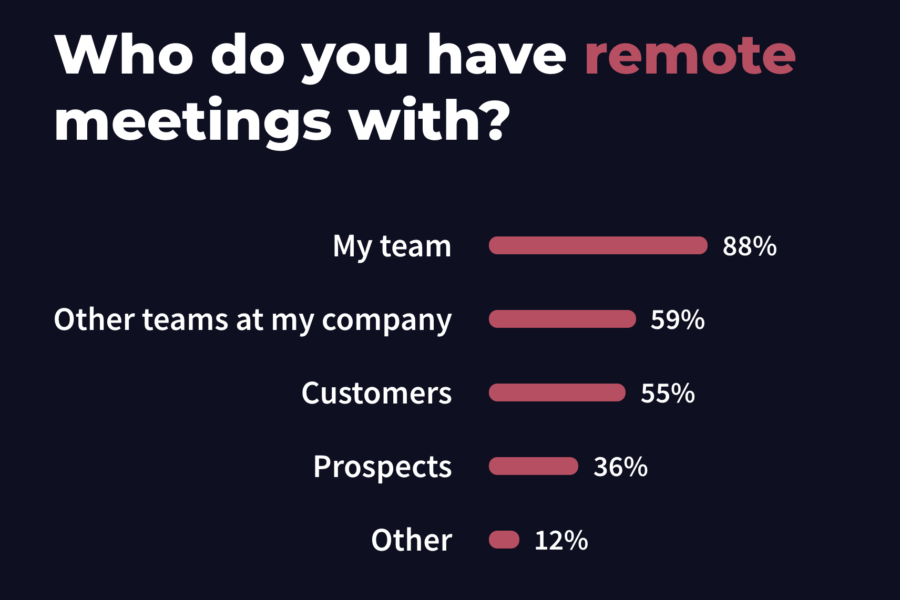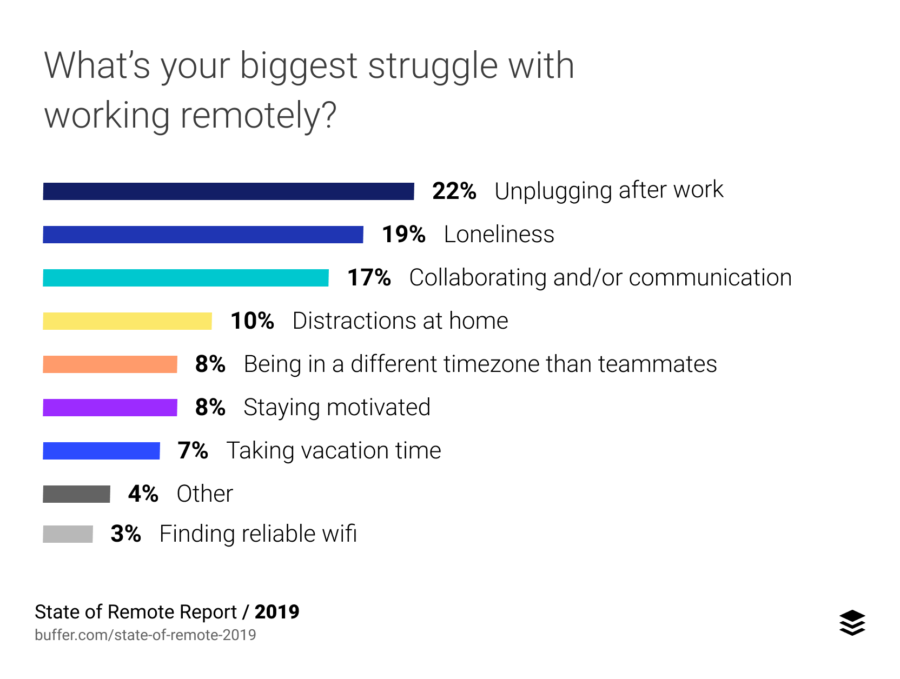With the coronavirus spreading in more than 78 countries, the Centers for Disease Control and Prevention has said that the public should prepare for a possible coronavirus pandemic in the US.
Companies are encouraged to explore letting their employees work remotely and to limit in-person interactions, replacing them with video and telephone conferences. Tech giants have already started implementing such arrangements, with Amazon, Facebook, and Google telling their staff based in select US offices to work from home.
As the numbers of infections and deaths continue to rise, companies must implement flexible working arrangements to protect their workforce while running their daily business operations. However, getting work done remotely can be a huge challenge. Communication gaps can arise. Managers can also find themselves unprepared to supervise workers remotely. These problems can cause low productivity and poor-quality output.
As such, businesses are turning to technology to properly implement work-from-home arrangements and manage remote workers. Communication and collaboration platforms can help companies schedule online meetings, manage collaborative projects, and even provide training and direction to staff.
Fortunately, solution providers are trying to help. Google and Microsoft have both announced that they will be making features typically found in paid subscriptions of their collaboration platforms available to all users. Leading webinar platforms such as Cisco Webex, Zoom, LogMeIn and ClickMeeting are also offering extended free trials and licenses, as well as “Emergency Remote Work Kits,” to companies hit by the coronavirus outbreak.
Through these developments, businesses can have the means to quickly implement remote work arrangements for their staff.
Challenges for Remote Workers
Asking employees to shift to remote work arrangements can be demanding and difficult, especially for organizations that don’t have remote work already embedded in their cultures.
One of the biggest challenges in managing remote workers is ensuring effective and efficient communication. With team members spread out across various locations, coordinating work hours to schedule online meetings isn’t easy. This can cause confusion that slows progress and delays in projects. Employees can also feel isolated and out of the loop, becoming frustrated with management. And don’t forget – departmental meetings aren’t the only types of virtual huddles that telecommuters depend on, as data from FYI demonstrates.

Upskilling remote workers can also be difficult. Companies need to institute programs to train remote workers and support their professional development. Some two-thirds of remote workers say they want to receive more training.
Staff members who aren’t used to a more flexible schedule may also find themselves procrastinating due to distractions that they didn’t previously have at the office. Their productivity can take a major hit. To compensate, they may also work beyond usual hours and experience burnout. An estimated 22% of remote workers find it difficult to unplug from their work.

Managers need to keep a close eye on the productivity of newbie remote workers and manage collaborative projects. They must ensure that all deliverables are met but also consider the wellbeing of their team members.
The Tools of the Remote Trade
Businesses must find ways to help their employees overcome these challenges. Companies make use of digital solutions to help them manage tasks and keep everyone in the loop about projects and deadlines.
Cloud-based productivity suites such as G Suite and Office 365 allow for collaborative editing of business documents. Project management tools such as Trello and Basecamp can keep everyone aligned on what is needed for their projects. You can use Zoom or ClickMeeting to hold virtual meetings that sync with your calendar and support screensharing and replay recordings. Time tracking tools such as Toggl and Time Doctor are great for tracking work hours and time spent on tasks, to help workers manage their time better and promote work-life balance.
But perhaps most importantly, companies must set goals and establish guidelines to help remote workers know what’s expected of them and keep them on the same page to meet deliverables. Even with the right tools, work-from-home arrangements can fail if employees aren’t clear on how things should work.
Keeping Employees in Mind
Companies must ensure high productivity while providing their employees working conditions that will keep them safe.
While digital solutions can greatly help business leaders implement remote work policies to protect employees amid the coronavirus crisis, they must still do their part in understanding the needs of their staff. Ensure that your employees feel valued and that their well-being matters. Ultimately, keeping staff members happy and satisfied can motivate them to perform well at work – even during trying times.